Education programming in western Wyoming looked a little different this year, as we leaned in to new opportunities and partnerships with the original stewards of our public wildlands – Indigenous Tribal nations.
In May, we were invited to help the Bridger-Teton National Forest with the Blackrock Field Camp. After being canceled due to COVID for a few years, 2022 represented its full return as a two-day program for 4th and 5th graders from the Wind River Reservation. During the first day, 4th graders traveled to the Blackrock ranger station and rotated through hands-on activities to introduce students to the natural and cultural resources the Forest Service is tasked to safeguard. At the Wilderness station where we helped, students learned about the difference between the capital ‘W’ and wilderness, before trying out hand tools commonly used to clear Wilderness trails. One of the livelier topics involved Godzilla and a consideration of whether or not the fictional, dinosaur-like monster could go in Wilderness. The debate remains unresolved. The second day of the field camp focused on cultural knowledge. 5th graders heard stories and teachings from Northern Arapaho and Eastern Shoshone Tribal elders set against a backdrop of the Tetons and Buffalo Fork. For the older students, the focus on traditional ecological knowledge offered a different lens into the landscape while reconnecting students with part of their ancestral homelands.
In July, we partnered with Coombs Outdoors and the Northern Arapaho Tribal Historic Preservation Office (THPO) to visit the Palisades Wilderness Study Area. Ten Coombs Empower interns traversed into Cabin Creek to learn about meaningful landscape stewardship and why including multiple perspectives and worldviews within protection and management efforts is critical to the future of public wildlands. Mike and Iva Moss-Redman shared why the cultural landscape is an important consideration through regional knowledge and stories from the Northern Arapaho epistemology. They emphasized the significance and importance of reciprocity with place and caretaking wild places for our plant and animal relatives. As a group, we reflected on different stewardship approaches – the often data-centric Forest Service and the holistic Tribal traditional ecological knowledge. In comparing and contrasting the two, students realized the methods are complementary and if used together, can lead to more robust and community-backed management. At the end of the day, our public wildlands need all our unique perspectives, voices, and backgrounds.
In August, the Wyoming Wilderness Association helped facilitate a presentation from the Northern Arapaho THPO to City Kids to Wilderness students, centered on justice in conservation. Northern Arapaho representatives discussed the significance of Tribal consultation and involvement in federal management decisions regarding the cultural landscape. While WWA staff were unable to attend the event, we recognize the importance of these educational events, as an opportunity for us and others to learn from the original stewards of the region and will continue to support these connections whenever we are able.
At WWA, we are committed to a more equitable and inclusive future in the belief that action, amplification, and education are foundational to the best possible future for our wild spaces. This Old Bill’s Giving Season, we are asking for your support to continue and expand on these programs and partnerships. Please consider donating today.


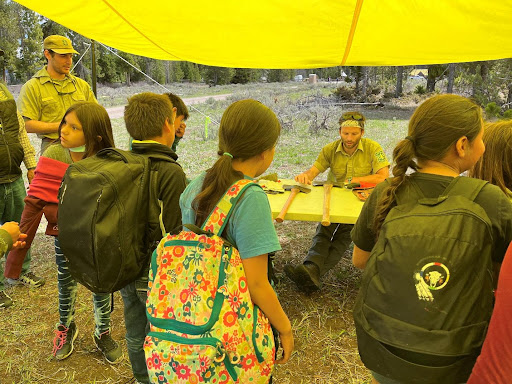

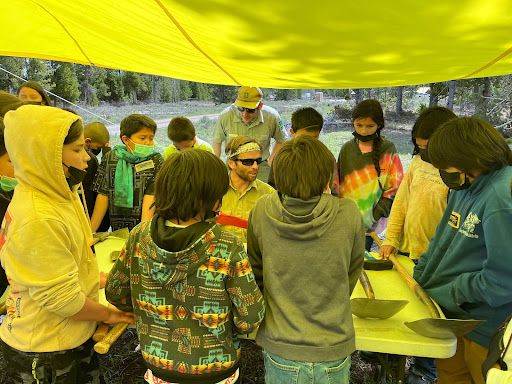





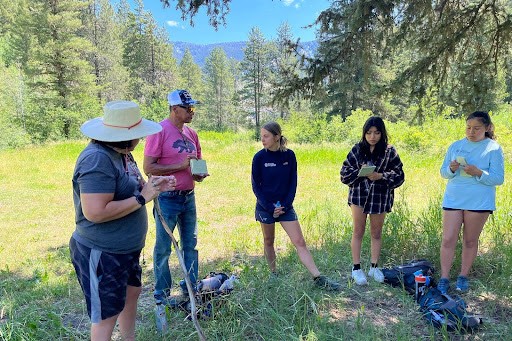

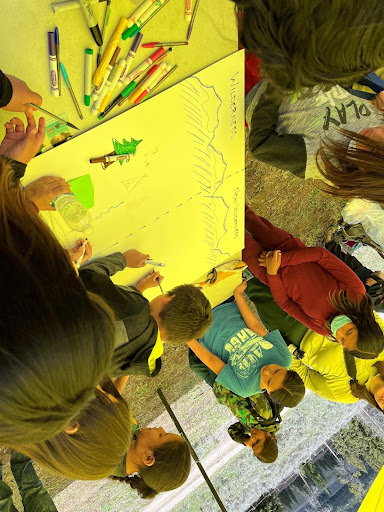

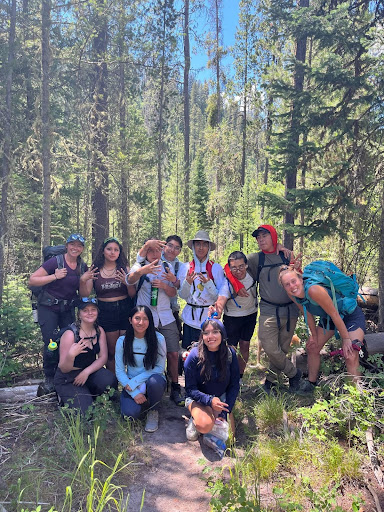
Comments